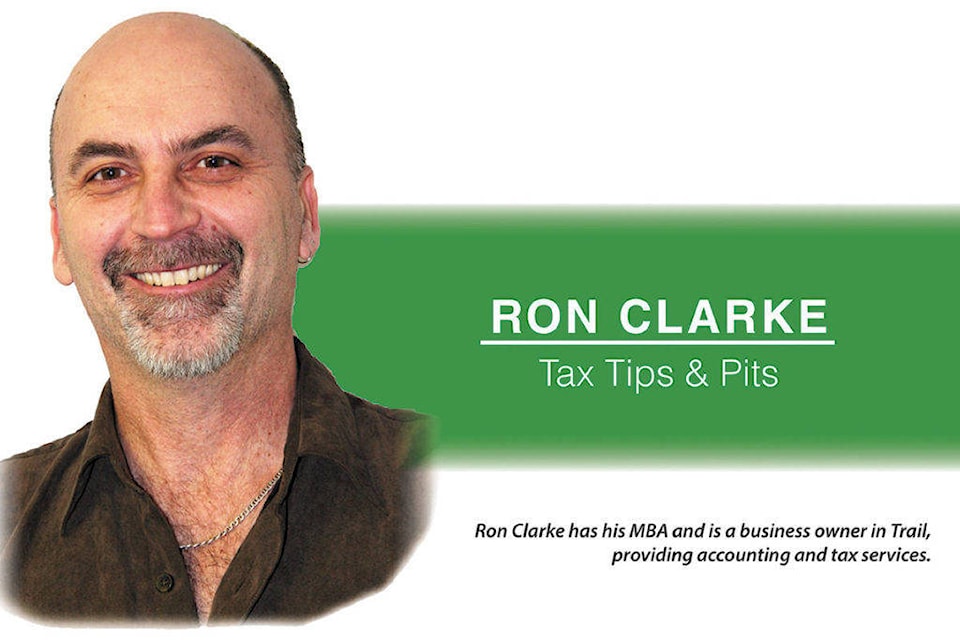by Ron Clarke
In recognition of the need for employees to work from home in 2020, Canada Revenue Agency (CRA) is offering the home office expense claim for 2020 tax reporting that is traditionally available to only those employees who are always required to work from home.
There are three options to make the claim.
For those people preferring simplicity, CRA has designed a flat rate method to claim the home office expense for 2020.
CRA is also offering two other options that may better suite people depending on what their situation was in 2020.
To qualify for the flat rate home office expense claim an employee has to have worked at least 50 per cent from home for a period of four consecutive weeks sometime within 2020.
This includes employees who weren’t necessarily forced by their employer to work from home, but chose to work from home for safety reasons.
Once this qualifier is met, work from home can range from every day to intermittent days with all of the days qualifying for the claim including the days worked from home during the initial four consecutive week period, to a maximum of 200 days.
The flat rate home office expense claim is $2/day, so $400 given the 200 day maximum.
This flat rate method recognizes a person’s expenses associated with having a home office such as heat, electric, phone, internet, and typical items like pens, paper and of course, printer ink.
The flat rate method is not meant to include any expenses incurred outside the home such as vehicle, travel, and the like.
Important to note, for the flat rate method the employer can have reimbursed the employee for “some” of their home office expenses, but not “all” of their expenses. There is no percentage stated in the CRA rules to define “some.”
Additionally, there is no mention in the CRA rules for the employee to have proof of payment of expenses.
A second option for making a home office expense allows for a greater value than $400 to be claimed.
This requires a T2200-S Form to be completed and signed by the employer, and to be clear, the signed T2202-S Form does not guarantee CRA will accept an expense claim made be an employee.
The employee completes the T777-S Schedule as part of their T1 tax return and must be able to provide a full accounting of paid receipts for expenses claimed if reviewed by CRA.
Like the flat rate method, this option does not allow for the inclusion of any expense other than expenses incurred within the home.
The third option for making this type of employee expense claim allows for the inclusion of expenses outside of home based office expenses, so expenses for a vehicle, travel, or meals and entertainment may be possible.
This requires the regular T2200 Form to be completed and signed by the employer and a full accounting of paid receipts by the employee if reviewed.
This option is the standard method used by an employee who is always required to work from home.
In other words, this option is likely not a viable route to follow for those employees who temporarily had their office life literally blend with their home life in 2020.
Keep it simple.
Ron Clarke has his MBA and is owner of JBS Business Services in Trail, providing accounting and tax services.
